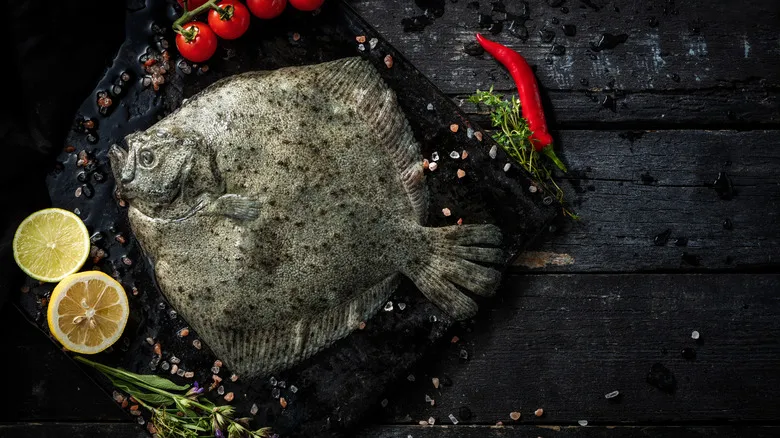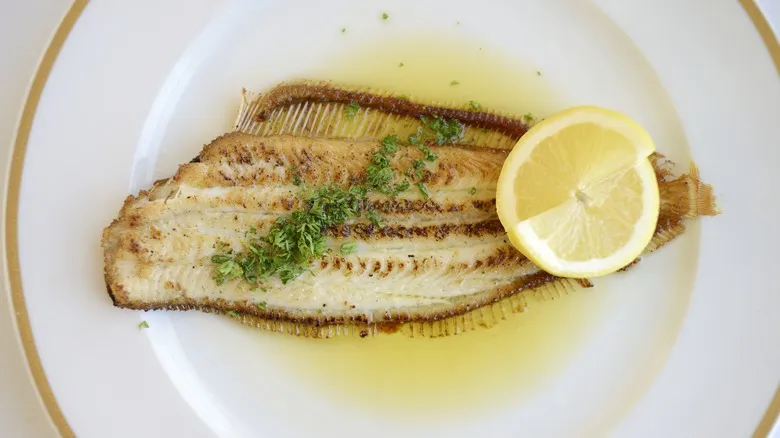What to know about turbot

As a flat fish, turbot may not be the most attractive creature in the sea. However, for many chefs, it's the quality of the meat that truly matters. Diners are particularly attracted to its bright white flesh, renowned for its juiciness. Turbot can grow quite large, with some specimens exceeding 3 feet in length and weighing around 33 pounds, resulting in substantial fillets. You can expect a buttery texture, pleasantly flaky meat, and a delicate yet rich flavor. It’s an excellent source of protein and also offers essential amino acids, along with vitamins A, B12, and C, among others.
Be prepared to pay a premium for turbot, especially if you're looking for wild-caught varieties—only 5,000 tonnes are harvested each year. Prices for wild turbot can vary, typically ranging from €38 to over €50 per kilogram in France (approximately €17 to €22 per pound, or $15 to $20). Farmed turbot generally comes at a lower price point. However, in the United States, even farmed turbot can cost around $47 per pound. Farmed turbot is regarded as a sustainable seafood option, while the sustainability of wild turbot can differ based on the fishing location.
Cooking with turbot

If you're looking to emulate Garten's culinary style, preparing mustard-roasted turbot is an excellent option, though it's far from the only one. Given that turbot is quite delicate, many chefs suggest employing moist cooking techniques such as poaching or steaming to preserve its integrity. Enhance the poaching liquid with ingredients like lemon, herbs, or peppercorns to infuse the fish with additional flavor.
That said, pan-frying turbot is also a viable method. Just be cautious with the heat, as it can be quite intense; the same applies to grilling. A traditional French meunière is a fantastic way to pan-fry it, where turbot fillets are dusted with flour and sautéed in butter, then served with lemon and herbs.
Some chefs advocate for cooking turbot whole (after gutting it, of course). While this might seem like a common pitfall to avoid when preparing fish, these chefs believe that cooking it with the bones enhances the flavor, even if it makes for a bit of a challenge when eating. A good approach is to slow-roast it at a relatively low temperature (around 300 degrees Fahrenheit) with lemon and herbs; depending on the size of the fish, this could take over an hour.
Recommended

The Most Efficient Way To Get Rid Of The Seeds In Your Watermelon

Improve Store-Bought Alfredo Sauce With One Staple Seasoning

Customize Your Yakisoba Like Ramen For Better Instant Noodles

The 1940s Sandwich That Swaps Bread For Juicy Watermelon
Next up

